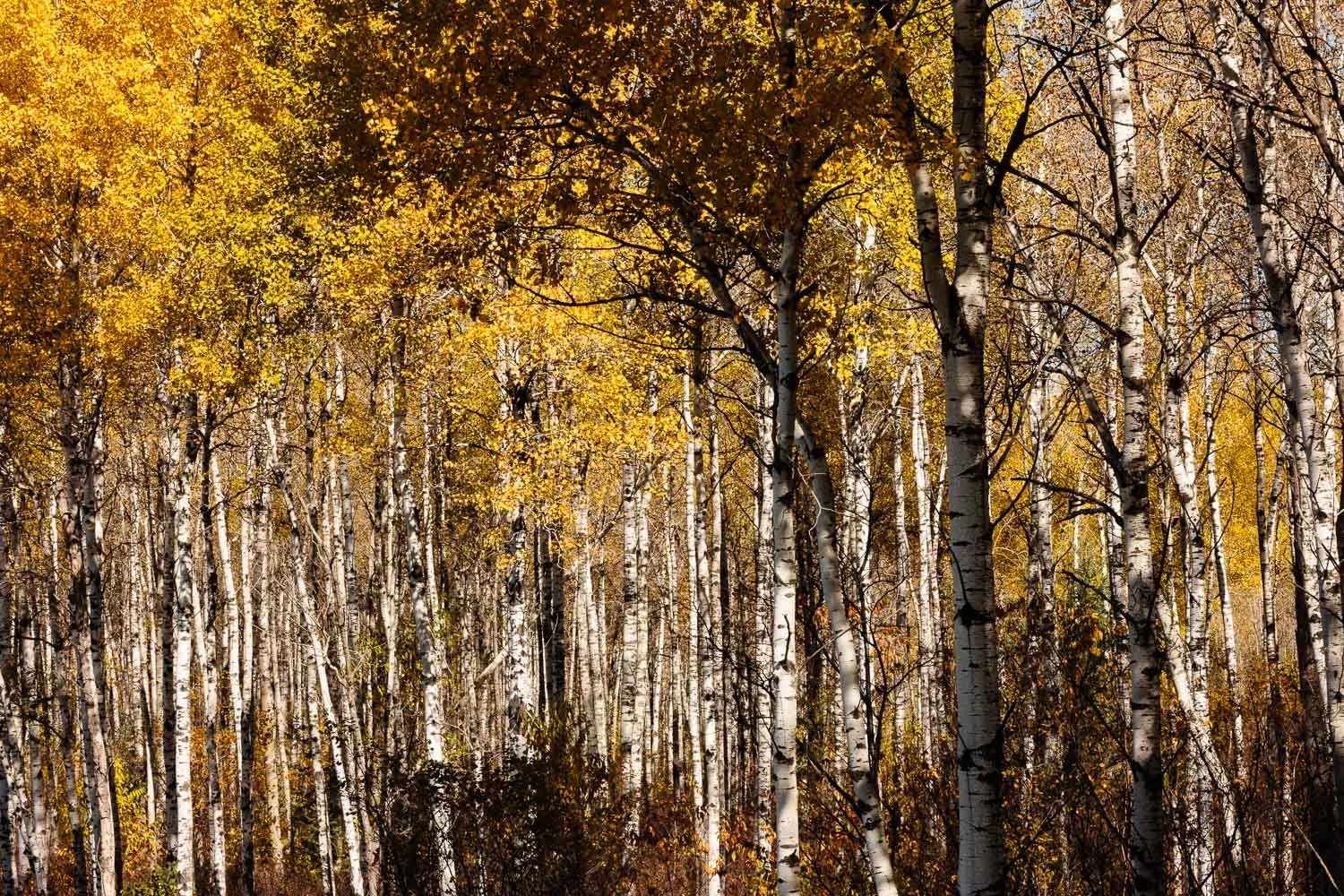My Photography Methods
Photography Seminars Or Workshops?
Over the course of the art fair season, within the Powder Hill Photography booth, I’ll be asked if I teach photography seminars. Currently, I do not. (though am considering possibly in the future).
I have in the past. One 4-night seminar at the local art center, the second 4-night session a few years later at the area university.
Explain What I Do
Rather than teaching photography sessions, currently I am glad to answer questions. The questions and their answer may become an article posted on this web site.
As an example, “The Photo’s Story” category in the blog had its genesis from questions about different images. What were the settings I used, why or how did I take the image, etc. After receiving a few questions, I started writing a short blog post about different images.
Questions about my methods and equipment at art fairs brought about the “Art Fair Notes” category.
By All Means Ask Me Questions
I am very happy to answer any and all questions you may have regarding my photography, equipment, methods, etc. Send me a note and I’ll respond.
The answer could very well become the basis of another blog posting. In this way, your question may also help others!
That’s How I Learned
Yes, that is how I learned. I’ve never had any formal art or photography training. Everything I know is self-taught.
Every question that came to mind was recorded on a yellow pad. I had many! Answers were sought out from books, the internet, YouTube videos and company information. Researching the answer for one question often led to additional questions.
From the answers, I took what I wanted and discarded the rest. With practice, my own style started to emerge.
Continues Today
Even today, I make notes of everything I want to learn.
My yellow pad is constantly filled with questions yet answered.
Reading List
As mentioned above, one source of my research is through reading. Over the years I’ve accumulated a number of very useful books, shared in my photography reading library.
I believe all books can offer at least one good idea that might help my photography, even if the book is totally unrelated to that subject.
This is by far not a complete list, nor is it all that I have. It is a great starting point.
Learn By Doing
After reading, the next step is doing. Photography is like any other skill or sport or musical instrument – it must be practiced.
Take the camera and start shooting different subjects, with different settings. Understanding how to accurately meter a subject can go along way to improving your images.
Experiment
As you research answers to your questions, don’t feel compelled to take any answer as an absolute . Rather, incorporate the information into your own style.
How boring photography would be if everyone took pictures the same way! Experiment with it, change it, and make it yours.
Composition
Composition of the final image is a personal decision by the photographer. It’s transferring the pre-visuallized image to the digital sensor and ultimately into your computer.
Each of us sees things differently, which is a good thing. What I may like about an image, you may not, and vice versa. That’s OK.
I personally have to feel a connection to the subject, as I view it through the viewfinder. If this connection isn’t present, the resulting images are of no value and are the first deleted once on my computer.
With this connection, the images retain this emotional connection long after I’ve left the scene.
My Method
As a landscape photographer, my tripod is in constant use. Every image is captured using the camera’s 2 second delay shutter timer with mirror lock-up.
For focusing, I use Single Shot mode, with single point, spot focusing. Using manual mode and the built-in light meter, I select the shutter speed and aperture setting to create the image.
All images are captured in Camera RAW, converted to DNG and processed exclusively in Adobe Lightroom.
With landscape photography, I use all of may use all of my lenses, though have discovered that the 70-200 has been my most frequently used lens.
All cataloging, developing, printing and digital asset management is accomplished in Lightroom.
The Exceptions
Do I ever use Aperture Priority? Yes, probably about 1% of the time.
You’ll note I am a landscape photographer, not a wildlife photographer, nor a sports photographer. However, there are a few times when I do capture wildlife or take sports pictures. Those instances include:
The very few times when I do see animals of interest, especially around our house
Grandkids sports (basketball, volleyball, soccer, etc.)
In those few instances, using Aperture Priority, AI Servo mode, and no shutter timer works well as the scene changes quickly with the movement. Regarding metering, if the background changes rapidly from shadows to sunshine, I'll use evaluative metering in Av mode. If it is fairly constant background, I then will use manual metering. If the event is indoors, I will also increase the ISO setting as needed - often much higher than 50 ISO that I like to use in landscapes. For the sporting events, the camera is hand-held.
Again – I’m not a sports photographer, so I experiment with what I have.
Make It Your Own, And Make It Fun
When all is said and done, the one thing photography should be is fun. If you don’t enjoy it, you may stop taking pictures altogether.
Photography captures memories of locations, people, activities, scenes. Decide what works best for you.
Enjoy it, and have fun.
